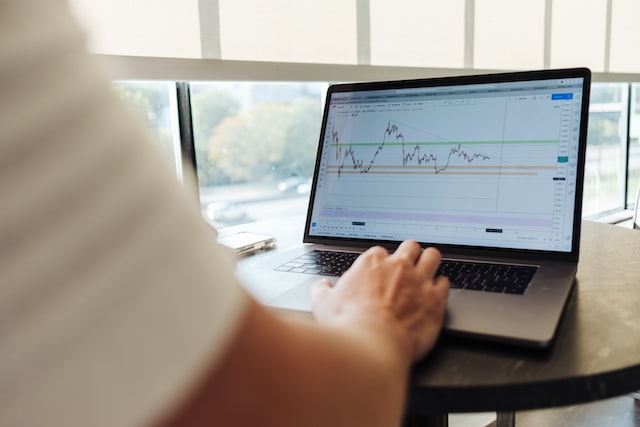Mastering Risk Management When Automating TradingView Indicator Alerts to MT4
In the dynamic world of forex trading, leveraging the power of automation can significantly enhance your trading efficiency and potentially improve your profitability. Automating TradingView indicator alerts to MT4 allows you to execute trades based on predefined conditions, eliminating human error and capturing opportunities swiftly. However, managing risk remains paramount to protect your trading capital. In this blog post, we will explore effective strategies to manage risk when automating TradingView indicator alerts to MT4. By implementing these techniques, you can navigate the forex market with confidence and optimize your automated trading experience.
Selecting Reliable and Tested Indicators
Before automating your TradingView indicator alerts, it’s essential to choose reliable and thoroughly tested indicators. Conduct thorough research to ensure the indicators have a solid reputation and are widely used in the trading community. Analyze their historical performance, backtest the indicators on relevant timeframes and currency pairs, and assess their accuracy in different market conditions. Selecting robust indicators with a proven track record increases the likelihood of receiving accurate and reliable alerts.
Validate and Customize Indicator Alerts
Once you have chosen your indicators, it’s crucial to validate and customize the alerts they generate. Validate the indicator’s signals against historical price data to ensure their reliability. Understand the conditions under which the indicator generates a buy or sell signal and adjust the sensitivity or threshold levels if necessary. By customizing the alerts to suit your trading style and risk tolerance, you can fine-tune the accuracy of the automated trading system.
Set Clear Risk Management Parameters
Implementing robust risk management parameters is essential when automating TradingView indicator alerts. Set appropriate stop-loss levels, take-profit targets, and position sizing rules to limit potential losses and protect your capital. Consider your risk tolerance, account size, and the volatility of the currency pairs you trade. Establishing clear risk management rules ensures that each trade executed based on the automated alerts adheres to predefined risk parameters.
Regularly Monitor and Evaluate Performance
Vigilant monitoring of your automated trading system’s performance is crucial for effective risk management. Regularly review the execution of trades, assess the success rate of the alerts, and analyze the overall performance of the automated strategy. Keep an eye on any changes in market conditions that may affect the effectiveness of the indicators. If necessary, adjust risk parameters, modify indicator settings, or consider replacing underperforming indicators to maintain optimal risk management.
Implement Stop-Loss and Take-Profit Orders
Stop-loss and take-profit orders are powerful risk management tools when automating trading strategies. These orders ensure that your trades are automatically closed at predetermined levels, protecting your account from significant losses and locking in profits. Set appropriate stop-loss and take-profit levels based on your risk tolerance and the characteristics of the traded currency pair. Regularly review and adjust these levels as market conditions evolve.
Utilize Trailing Stops
Trailing stops can be an effective way to manage risk and maximize profits in trending markets. When automating TradingView indicator alerts to MT4, consider implementing trailing stops to protect your gains while allowing your profitable trades to run. Trailing stops adjust the stop-loss level as the price moves in your favor, ensuring that you capture as much profit as possible while preserving capital if the market reverses.
Conduct Regular Backtesting and Optimization
To maintain the effectiveness of your automated trading system, conduct regular backtesting and optimization of your chosen indicators. Use historical data to assess the performance of the indicators over different market conditions and adjust their settings if needed. Backtesting helps you refine the parameters and validate the reliability of the indicators before deploying them in live trading. Continuous optimization ensures that your risk management strategy remains adaptive and effective.
Automating TradingView indicator alerts to MT4 offers traders an efficient and potentially profitable way to engage in the forex market. However, risk management should always be a top priority. By selecting reliable indicators, validating and customizing alerts, setting clear risk management parameters, and regularly monitoring performance, you can navigate the automated trading journey with confidence. Remember to implement stop-loss and take-profit orders, utilize trailing stops, and conduct regular backtesting and optimization to maintain the effectiveness of your automated strategy. By mastering risk management, you can maximize the potential of your TradingView indicators and optimize your automated trading experience in the forex market.
Happy Trading!
The Cordly Team
*Cordly.io does not offer financial advice, sell any financial products, or encourage to invest in specific assets or instruments.*


 All Blogs
All Blogs